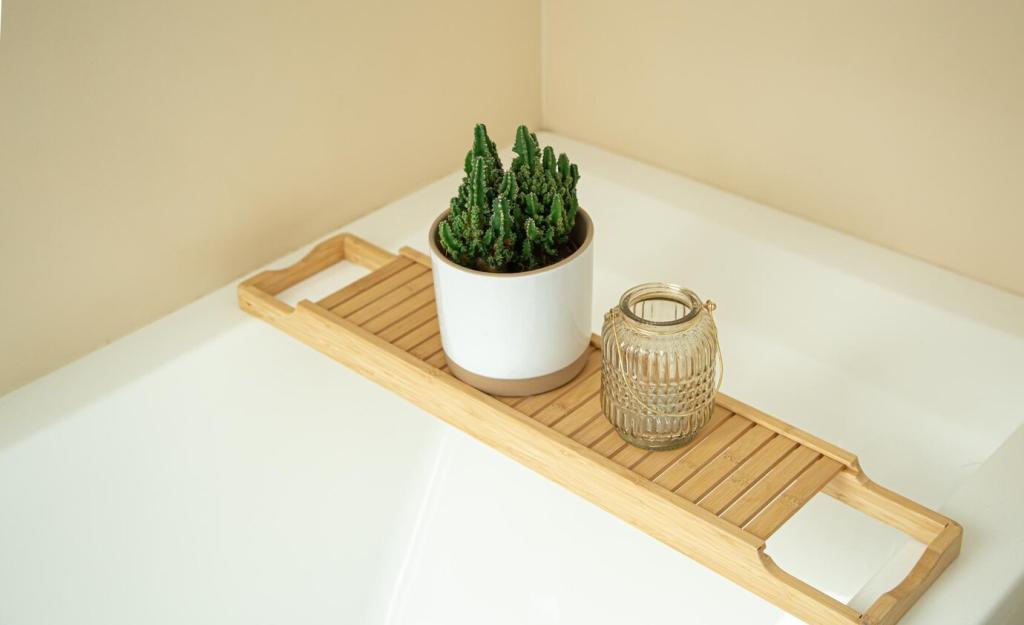
The Future of Eco-Friendly Construction
Eco-friendly construction is rapidly shaping the way we envision the built environment of tomorrow. With increasing attention to climate change, urbanization, and the finite nature of natural resources, the construction industry is evolving towards solutions that minimize environmental footprint while maximizing efficiency, comfort, and economic value. Embracing sustainable practices, innovative materials, and forward-thinking design philosophies, the future of eco-friendly construction promises not only to reduce ecological harm but also to redefine how people interact with their buildings and communities for generations to come.

Biodegradable and Renewable Resources
Biodegradable materials like bamboo, straw bale, and hempcrete are taking the spotlight in sustainable construction. These naturally derived resources offer remarkable strength and durability while decomposing harmlessly at the end of their lifecycle. Bamboo, for instance, regenerates rapidly and can be harvested without the extensive environmental toll associated with timber. Hempcrete provides insulation properties and is an effective carbon sink, locking away atmospheric carbon for decades. By harnessing materials that leave minimal trace after their useful life, builders are crafting homes and structures that support a healthier planet.

Engineered Eco-Friendly Products
Manufacturers are also producing innovative engineered materials designed specifically for sustainability. Cross-laminated timber (CLT) and recycled-content concrete are two standouts in this field. CLT utilizes layers of sustainably sourced wood to create robust, load-bearing panels that reduce construction time and energy use. Similarly, recycled-content concrete incorporates industrial byproducts, such as fly ash or slag, into traditional cement mixes, dramatically decreasing carbon emissions. These engineered products highlight the role of research and technology in reducing the footprint of the construction sector.

Smart Insulation and Finishing Solutions
The future of eco-friendly construction extends to the methods used for insulating and finishing buildings. New insulation solutions, such as sheep’s wool, cellulose, and aerogel, offer superior thermal performance and regulate interior humidity without toxic chemical treatments. Low-VOC (volatile organic compound) paints and finishes further contribute to a healthier indoor environment, enhancing air quality and occupant well-being. Collectively, these advancements ensure that sustainability is woven into every layer of a building’s envelope.
Passive Design Strategies
Passive design harnesses orientation, natural ventilation, daylight, and thermal mass to optimize energy use in buildings. By carefully calculating the position of windows, skylights, and shading devices, architects can dramatically reduce reliance on artificial lighting and climate control systems. Thermal mass—such as exposed concrete or masonry elements—absorbs and releases heat slowly, moderating indoor temperatures. When executed skillfully, passive design can slash operational energy demands while keeping occupants comfortable year-round.
On-site Renewable Power Generation
The inclusion of on-site renewable energy technologies continues to rise. Photovoltaic panels, solar water heating systems, and small-scale wind turbines are increasingly commonplace additions to both residential and commercial projects. Advances in battery storage are making renewable generation more reliable, allowing buildings to produce, store, and utilize clean energy according to need. The result is not just lower utility bills for occupants, but a powerful contribution to the reduction of carbon emissions at the grid level.
Advanced Building Automation Systems
Smart building technologies are revolutionizing energy management within modern structures. Automated controls for lighting, heating, cooling, and ventilation allow occupants or facility managers to fine-tune energy usage in response to occupancy patterns and real-time conditions. Sensors and AI-driven platforms optimize resource consumption without sacrificing comfort. These systems continually learn and adapt, ensuring maximum efficiency and providing valuable data that can inform broader sustainability efforts across portfolios of buildings.
Urban Planning and Green Infrastructure
01
Green roofs and living walls offer a visually striking and functional solution to urban greening. Beyond aesthetic improvements, these features provide insulation, absorb rainwater, reduce heat island effects, and improve local air quality. They serve as habitats for urban biodiversity—attracting birds, pollinators, and beneficial insects—and can extend the lifespan of structures by protecting roofing materials from extreme weather. As cities face mounting challenges from warming climates and stormwater runoff, green roofs and living walls present practical, scalable ways to bring nature back into built environments.
02
Sustainable urban planning emphasizes compact, mixed-use development to minimize sprawl and preserve green spaces. By clustering housing, workplaces, and amenities around public transit hubs, cities can encourage walking, cycling, and the use of mass transit systems over car dependency. This approach reduces transportation emissions, lowers infrastructure costs, and fosters vibrant, inclusive communities. Efficient land use policies are crucial for balancing growth with long-term resilience and environmental stewardship.
03
Nature-based infrastructure, such as restored wetlands, urban forests, and permeable pavements, is becoming central to city planning. These features manage stormwater, buffer against floods, and regulate urban microclimates. By mimicking natural processes, cities can adapt to changing weather patterns and improve overall livability. These nature-based solutions are often more cost-effective and flexible than hard infrastructure, making them a vital component of forward-looking urban resilience strategies.
